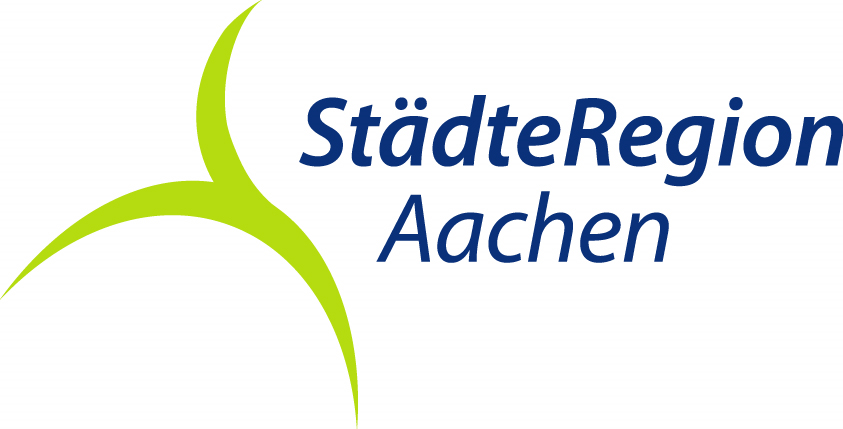Wehebachtalsperre
Stolberg
Whether you dare to walk around the Wehebachtalsperre surrounded by forests, storm the nearby Laufenburg or stroll through the valley of the Wehe to the old Wenau monastery church, nature and hiking lovers of all ages will find options to suit them here. As the name of the village suggests, Schevenhütte was the site of a pre-industrial ironworks, traces of which can still be seen in the village (e.g. Reitmeisterhaus opposite Daensstraße coming from Gressenich). But street names such as "Im Hammer", "Joaswerk" or "Hüttensiefen" also recall the former activity of the Reitmeisters. The basis of the ironworks industry was the water power of the Wehe (to drive hammer mills, bellows and stamping mills) as well as the densely wooded surroundings (cabbage wood) and, last but not least, the nearby iron ore deposits. The Wehebachtalsperre in the municipality of Hürtgenwald is the third largest and probably the most pristine dam in the entire northern Eifel region. It offers hikers numerous hiking trails and impressive opportunities to experience the element of water. It can be reached on foot from both Großhau and Kleinhau. The Wehebachtalsperre has been in operation since 1983 and was built to protect the Wehe and Indetal valleys against flooding and to provide drinking and service water. Strict water protection regulations apply. For this reason, recreational activities in and around the Wehebachtalsperre are completely prohibited. This means that nature can develop undisturbed. Numerous beaver castles can be admired at this dam. Impressive even today: the former country road number 11 between Kleinhau and Schevenhütte runs right through the Wehebachtalsperre and became impassable due to the damming of the Wehebachtal.










